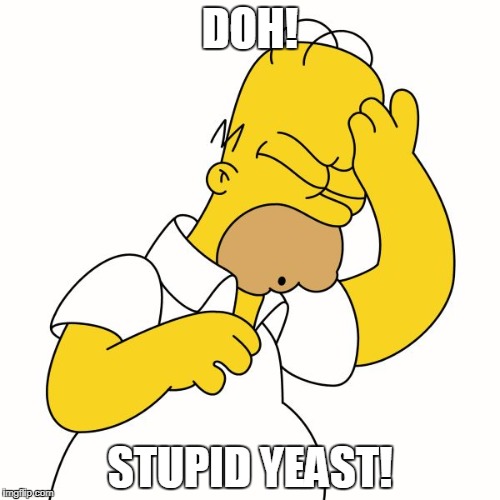I've been brewing for a couple years and broke ANOTHER hydrometer the other day. So instead of buying a new one, I tried instead with my refractometer (post fermentation) and an app that makes the corrections. This app lists the APPARENT FG and the ACTUAL FG with the former being what you'd read off the hydrometer and the the latter being the hydrometer reading corrected for alcohol effect. Well, I guess I didn't know you had to do that with a hydrometer!
So, my beer is a Belgian Dubbel, my target FG 1.019. My refractometer shows 9.0 Brix...the app calculates the APPARENT FG as 1.016 and the ACTUAL as 1.025. That seems like a big split! I always read the hydrometer and thought that was it. If I did that in this case, I slightly overshot my target. If I use the "hydrometer correction" value, I still have a ways to go. All visible fermentation has ceased and I'm 8 days post brew. So, am I at 16 or 25?
So, my beer is a Belgian Dubbel, my target FG 1.019. My refractometer shows 9.0 Brix...the app calculates the APPARENT FG as 1.016 and the ACTUAL as 1.025. That seems like a big split! I always read the hydrometer and thought that was it. If I did that in this case, I slightly overshot my target. If I use the "hydrometer correction" value, I still have a ways to go. All visible fermentation has ceased and I'm 8 days post brew. So, am I at 16 or 25?




